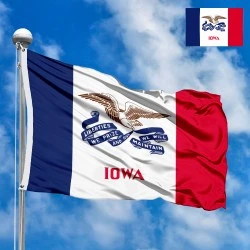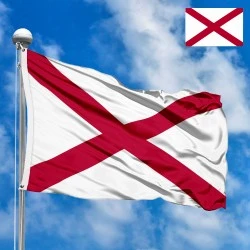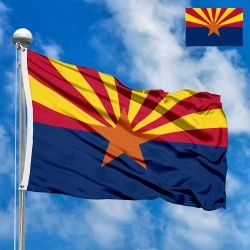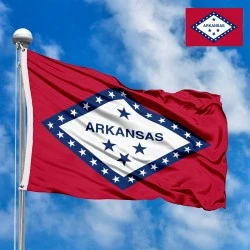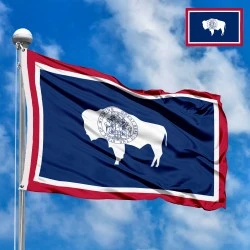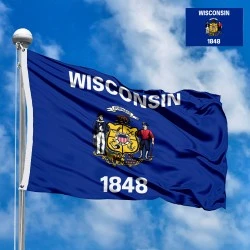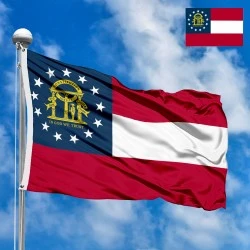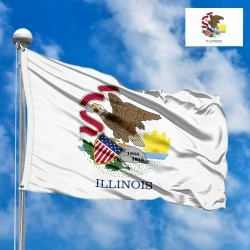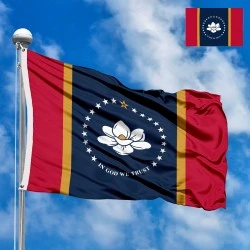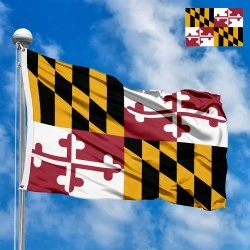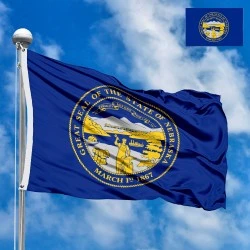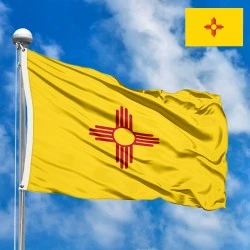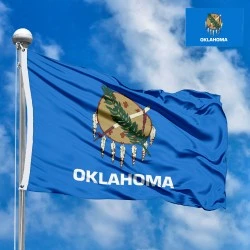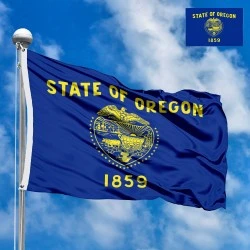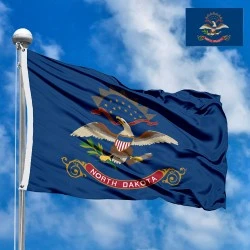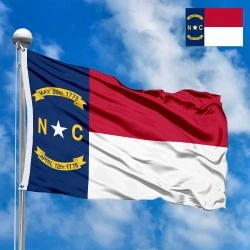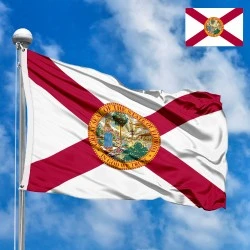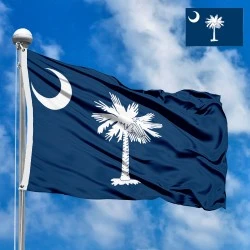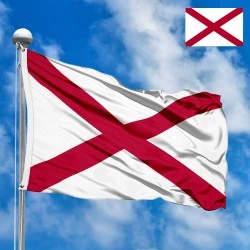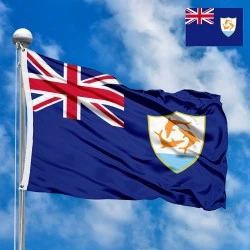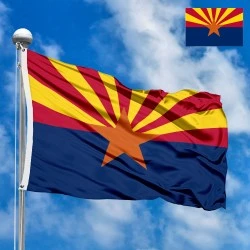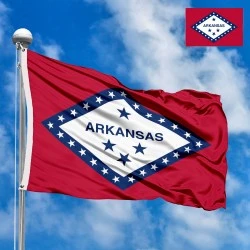Flag of Ohio (US state)
- Flag Type: US States
- Proportions (official): 8:13
- Official name: State of Ohio
- Local name: Ohio
- Capital: Columbus
- Large cities: Columbus, Cleveland, Cincinnati
- Population: 11 850 713 (2024)
- Area (km²): 116 098
- Highest point: Campbell Hill (472 m)
- Lowest point: Ohio River (139 m)
- Dialing code: +1 (216, 234, 330, 419, 440, 513, 567, 614, 740, 937)
Flag Information
General information
Demography and Culture
Economy and communications
- All Flags
- Flags of Countries by Continent
-
Flags of Organizations
- Flags of UN countries
- Flags of the European Union countries
- Flags of NATO countries
- Flags of the countries of the Organization of Islamic Cooperation
- Flags of the countries of the Organization of American States
- Flags of the Arab League countries
- Flags of the African Union countries
- Flags of the countries of the Union of South American Nations
- Flags of the Commonwealth of Nations
- Flags of the countries of the Secretariat of the Pacific Community
- Flags of the Nordic Council countries
- Flags of the Caribbean Community
- Flags of the countries of the Association of Southeast Asian Nations
- Flags of the East African Community
- Flags of the countries of the Organization of Turkic States
- LGBT Community Flags
- Historical Flags
- Ethnic Flags
- Flags of the USA (states)
Description
The flag of the state of Ohio holds a special place among all U.S. state flags for one unmistakable reason: it is the only non-rectangular state flag. Its distinctive swallowtail, or burgee pennant, design makes it instantly recognizable and a powerful symbol of state pride. More than just a unique shape, the Ohio flag is a rich tapestry of symbolism that tells the story of the state’s heritage, its natural beauty, and its pivotal role in the nation.
Flag Design, Symbolism, and Dimensions
The design of the Ohio flag, known as the "Ohio Burgee," is filled with meaning in every element.
-
Unique Shape: The flag is shaped like a swallowtail pennant, with a V-cut on the fly end. This design is inspired by the regimental flags of the U.S. Cavalry during the Civil War, a nod to Ohio's military history and its many soldiers.
-
Colors and Arrangement: The flag's primary colors are red, white, and blue, mirroring the colors of the national flag.
-
Blue Triangle: A large blue triangle dominates the left side of the flag, symbolizing Ohio's hills and valleys.
-
Red and White Stripes: Five horizontal stripes—three red and two white—fill the rest of the flag. These stripes represent the roads and waterways that were crucial to the state's early development and symbolize the fact that Ohio was once part of the Northwest Territory.
-
-
Stars and Central Circle:
-
17 Stars: The flag features a total of 17 white stars. The 13 stars clustered around the central circle represent the original 13 colonies. The additional four stars at the point of the triangle symbolize the four states—Ohio, Indiana, Illinois, and Michigan—that were created from the Northwest Territory, with Ohio being the first of these. Together, the 17 stars signify Ohio's place as the 17th state to join the Union.
-
The Buckeye Circle: In the center of the blue triangle is a large white circle with a red center. The white circle represents the first letter of the state’s name, "O," while the red circle contains a representation of the buckeye nut, a symbol of the state's nickname, "The Buckeye State."
-
A Brief History of the Flag's Creation and Adoption
The creation of the Ohio flag was tied to a national event, but its unique design quickly cemented its place in state history.
-
Designer: The flag was designed by John Eisenmann, a Cleveland-based architect and member of the Ohio State Pan-American Exposition Commission.
-
Origin: Eisenmann created the design in 1901 for display at the Pan-American Exposition in Buffalo, New York. His vision was to create a flag that was both historically significant and visually distinct.
-
Adoption: The Ohio General Assembly officially adopted the design on May 9, 1902, making it the state's official banner. It was the first time an American state had adopted a swallowtail flag.
Historical Context and the State of Ohio
Ohio's flag is a physical representation of its identity as a foundational state in the American Midwest. Its connection to the Northwest Territory highlights its role as a bridge between the original East Coast colonies and the developing Western frontier. The stars and stripes link it directly to the nation's founding, while the buckeye and the pennant shape give it a unique local character. The flag embodies the state's historical contributions to westward expansion and its enduring commitment to the Union.
Significance for Residents
For Ohioans, the flag is a powerful and beloved symbol. Its uniqueness fosters a strong sense of pride and identity. It represents the state's legacy as a place of pioneers and patriots, a leader in industry and agriculture, and a cornerstone of American history. The buckeye nut serves as a simple, heartfelt nod to the state's natural beauty and its friendly, resilient residents, often referred to as "Buckeyes." The flag is more than just a symbol; it is a point of connection for all who call Ohio home.
Interesting Facts
-
The Ohio flag is the only state flag in the U.S. that is not rectangular. This distinctive shape is what sets it apart.
-
There is a specific, legally defined protocol for how the Ohio flag must be folded. The official folding ceremony involves 17 folds, each with a symbolic meaning related to the flag's design and state history.
-
Because of its unusual shape, the Ohio flag technically has a "hoist" (the side with the pole) and a "fly" (the side with the V-cut), but it lacks a traditional "canton" (the upper-left corner of a rectangular flag).
-
The flag was originally designed to be flown only at the Pan-American Exposition and was not intended for official state use until its popularity led to its formal adoption.
-
The use of red, white, and blue, along with the stars, creates a strong visual connection to the American flag, signifying Ohio's strong tie to the Union from the very beginning.
In the demonstration images, full-size flags are shown with proportions of 2:3, and hand-held flags with proportions of 1:2.
Donation
Download
Completely free for commercial and non-commercial use (public domain).
You can freely use them in your news magazines, websites, software, mobile applications.
We appreciate a backlink to https://flagssite.com
Raster files - Flag of Ohio (US state) (PNG, JPG)
 Waving flag
Waving flag
- PNG format (transparent background), 72dpi, dimensions in Pixels (px), aspect ratio 3:4.
- 15х20 px
- 30х40 px
- 60х80 px
- 120x160 px
- 240x320 px
 Sizes:
Sizes:
"v15" - image size (by height); if necessary, replace with available: v15, v30, v60, v120, v240.
!!! For resizing, use the Latin (eng) keyboard layout.
<img src="https://flagssite.com/flags/v15/20580.png" alt="Flag of Ohio (US state)">
 Round flag
Round flag
- PNG format (transparent background), 72dpi, dimensions in Pixels (px), aspect ratio 1:1.
"d15" - image size (diameter); if necessary, replace with available: d15, d30, d60, d120, d240.
!!! For resizing, use the Latin (eng) keyboard layout.
<img src="https://flagssite.com/flags/d15/20580.png" alt="Flag of Ohio (US state)">
 Rectangular flag 2:3
Rectangular flag 2:3
- JPG format, 72dpi, dimensions in Pixels (px), aspect ratio 2:3.
"h30" - image size (by height); if necessary, replace with available: h15, h30, h60, h120, h240, h360, h480.
!!! For resizing, use the Latin (eng) keyboard layout.
<img src="https://flagssite.com/flags/h30/20580.jpg" alt="Flag of Ohio (US state)">

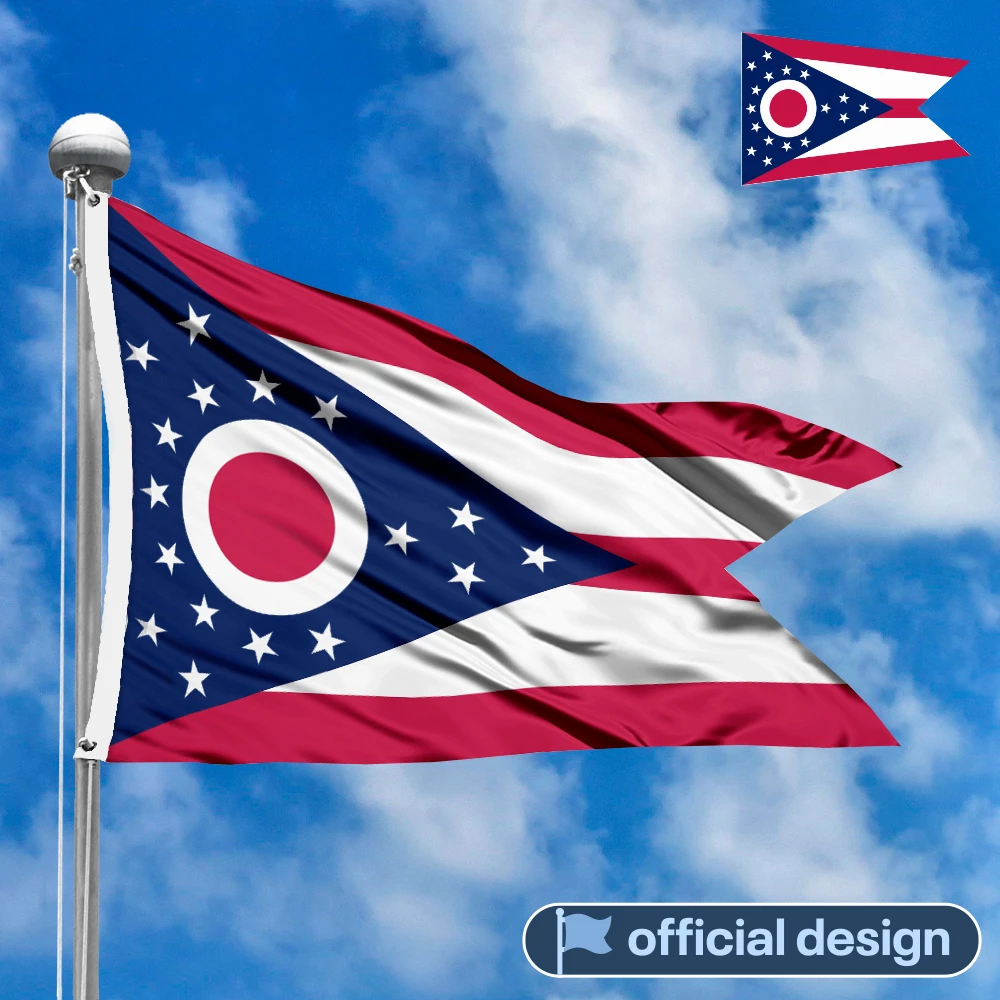
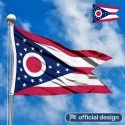
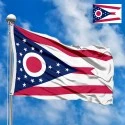





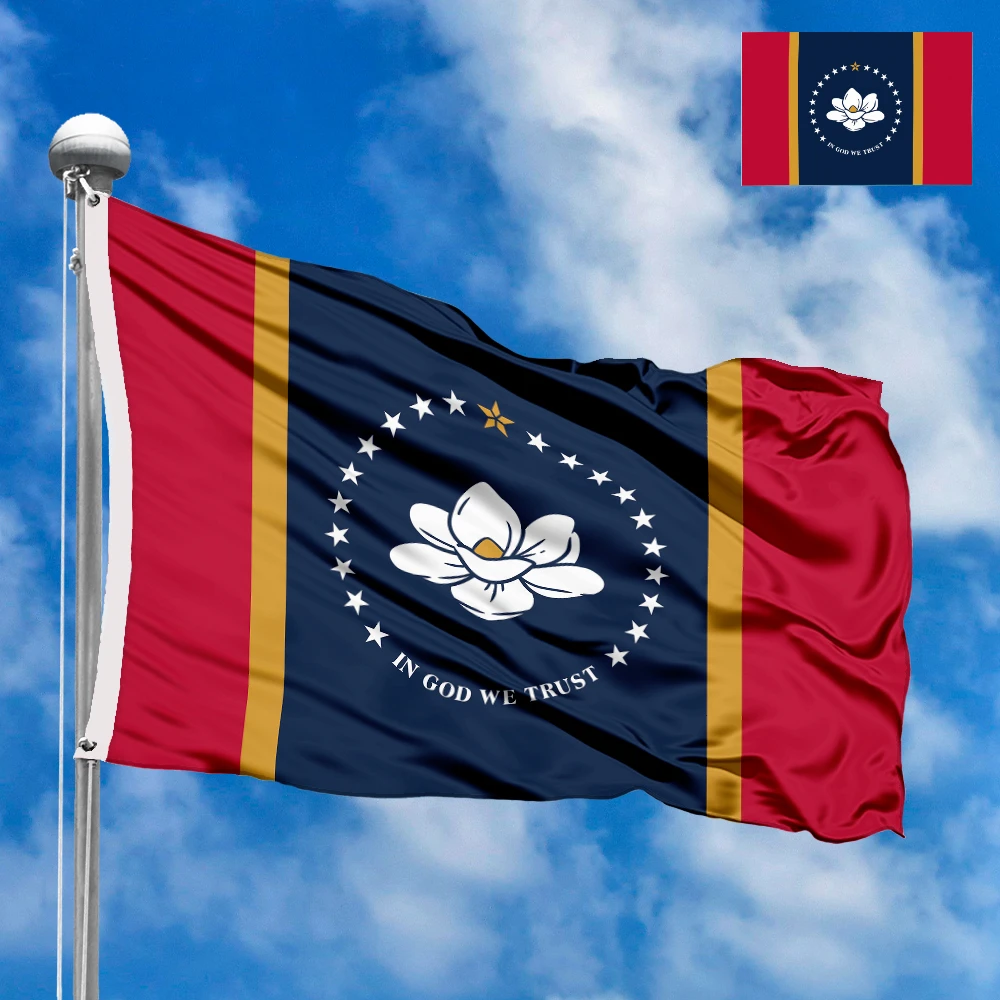

 Sizes:
Sizes:
 Sizes:
Sizes:

